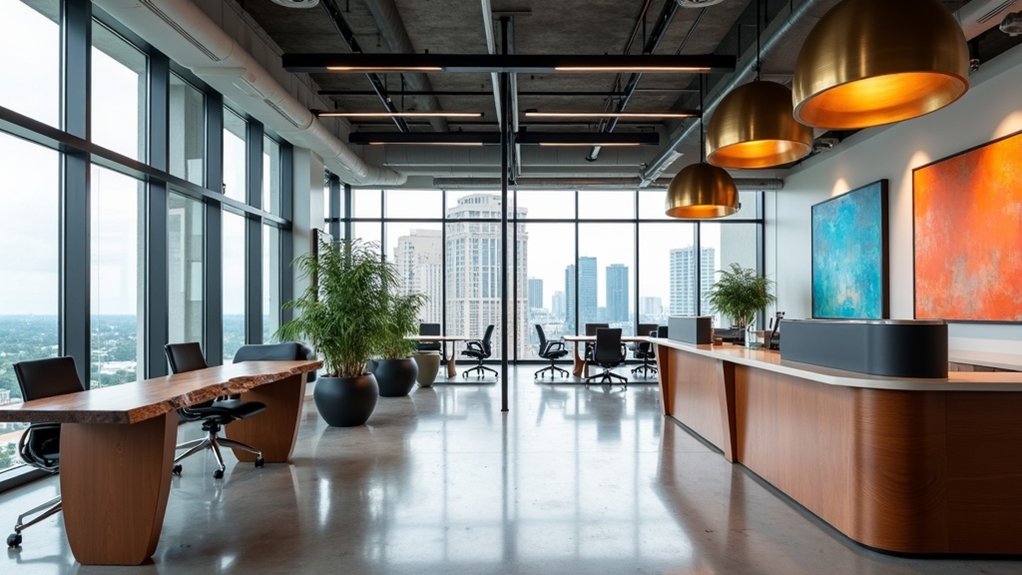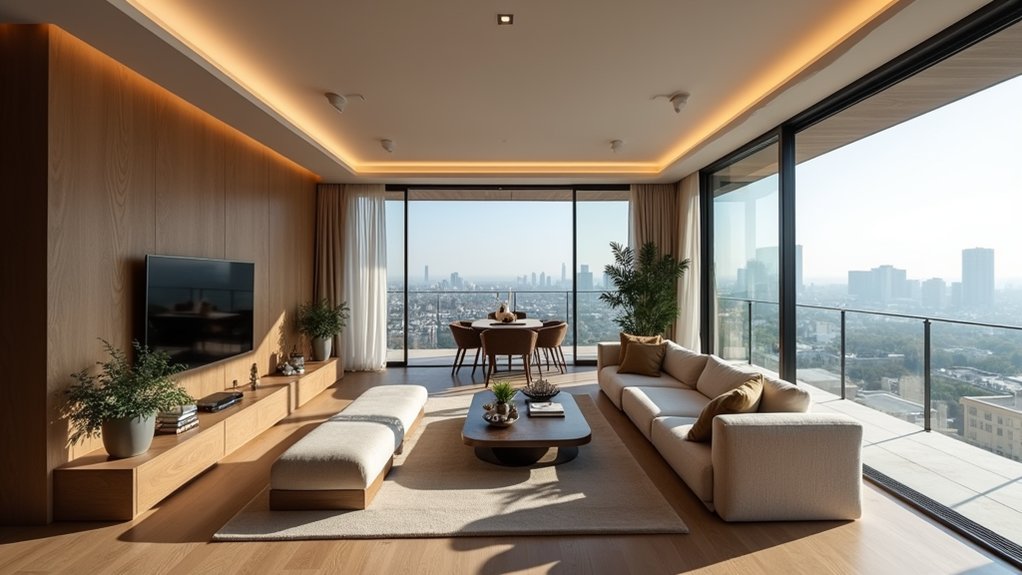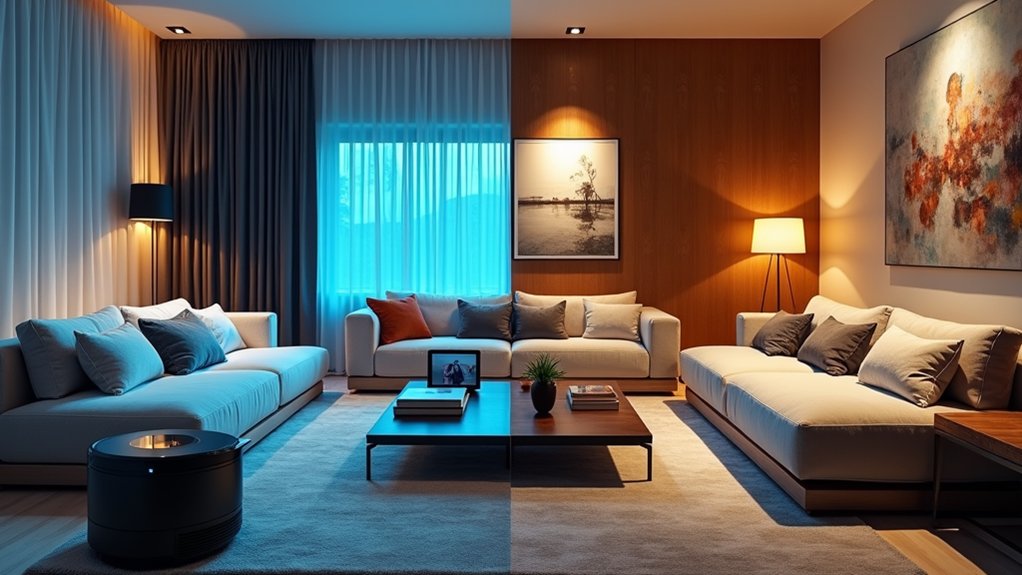Transforming rough sketches into photorealistic renders within 60 seconds, Spacely AI has emerged as a pivotal force in architectural design automation, serving over 440,000 professionals across 50 countries. The platform’s recent $1 million seed funding, secured in July 2025 from PropTech Farm Fund III and co-investors, signals a watershed moment for generative design technology in architecture. In line with current interior design trends, the platform promotes efficiency and sustainability in design practices.
The company’s meteoric rise reflects broader industry demands for efficiency and accessibility. Over 1,500 architecture and interior design firms have engaged with Spacely AI’s suite of tools in the past year alone, generating more than two million unique renders. This explosive growth, marked by a 10-fold revenue increase within 12 months, demonstrates the platform’s ability to address critical workflow bottlenecks that have plagued architectural practices for decades.
At the core of Spacely AI’s innovation lies its 2D-to-3D automation engine, which promises to eliminate up to 80% of manual concept work traditionally required by architects. The platform’s extensive toolkit includes AI Design Canvas, Magic Edit, and Virtual Staging capabilities, enabling users to modify design elements through simple text inputs. The system generates multiple design variations from a single architectural input, allowing teams to explore diverse aesthetic options instantly.
Revolutionary 2D-to-3D automation eliminates 80% of manual architectural concept work, transforming design through simple text inputs.
Integration with established software like SketchUp ensures seamless adoption without disrupting existing workflows. The Bangkok-based startup’s cloud suite extends beyond basic rendering to offer comprehensive exterior spaces visualization alongside interior design capabilities, providing architects with a unified platform for all project types.
The democratization of high-quality architectural visualization stands as perhaps the platform’s most transformative achievement. Small practices and freelancers can now compete with larger firms by accessing tools that require no advanced modeling skills. The freemium access model removes financial barriers, while instant render capabilities accelerate client decision-making processes that typically stretch project timelines.
Industry recognition has followed swiftly, with Spacely AI claiming first place at both the Krungsri Finno Efra Accelerator and Property Portal Watch competitions. The Verge’s recommendation as a must-have AI tool for design professionals further validates its market position.
The funding allocation targets strategic expansion into the U.S. market while advancing the next-generation automation engine. By equipping partners with sales and co-marketing resources, Spacely AI positions itself to reshape how architectural concepts transform from imagination to reality, making sophisticated design visualization accessible to professionals worldwide regardless of firm size or technical expertise.








